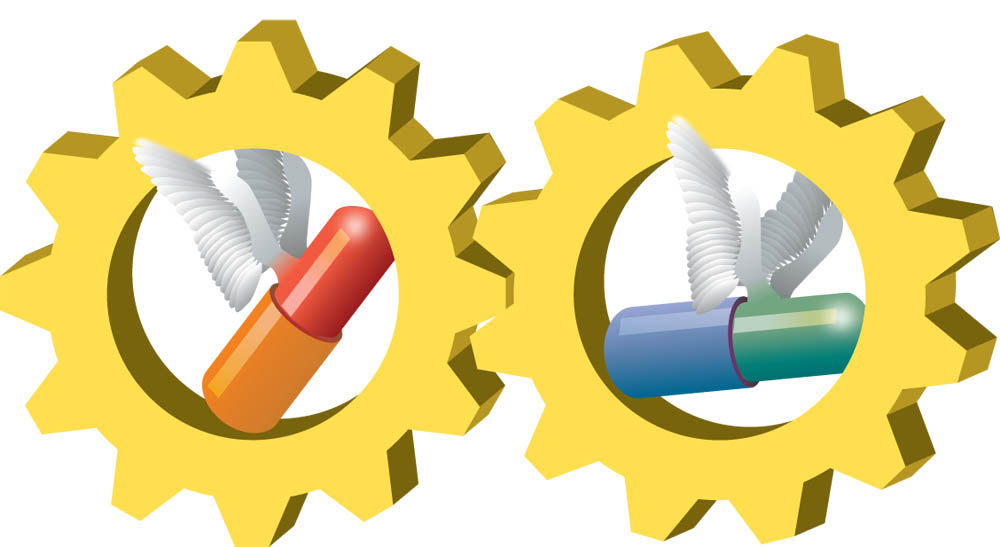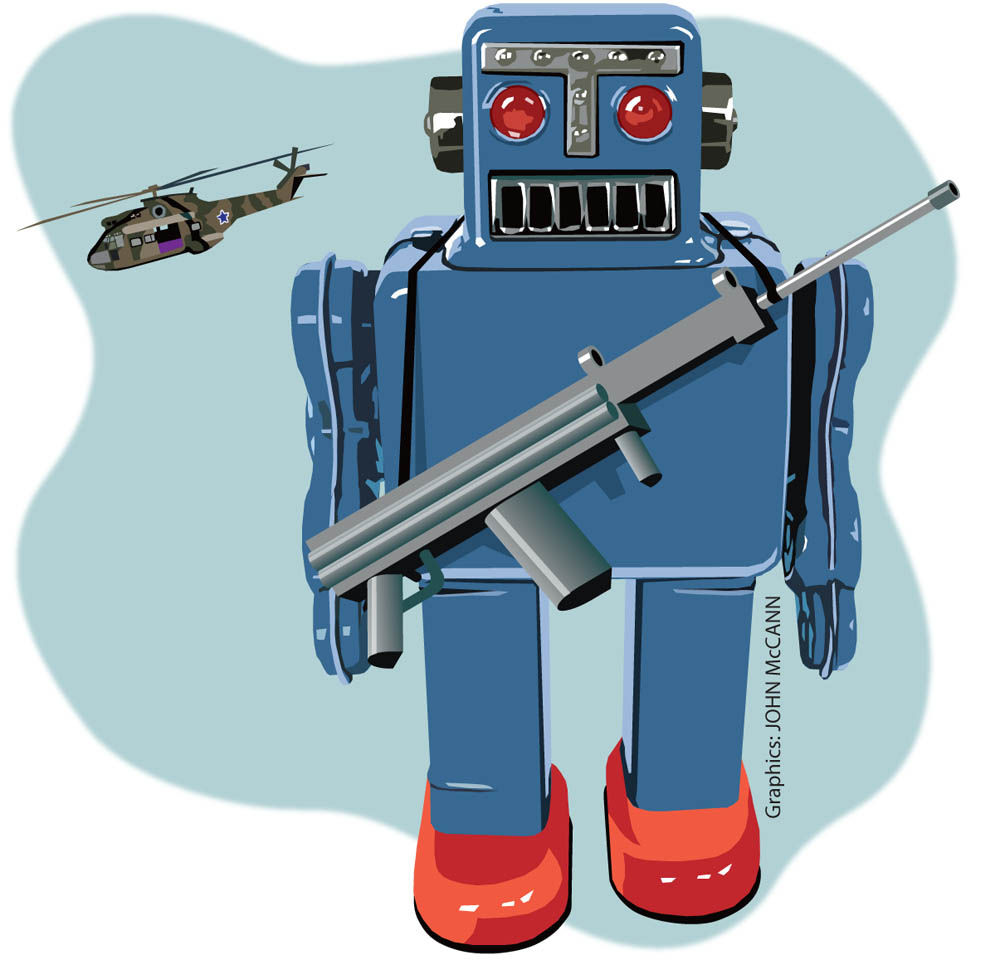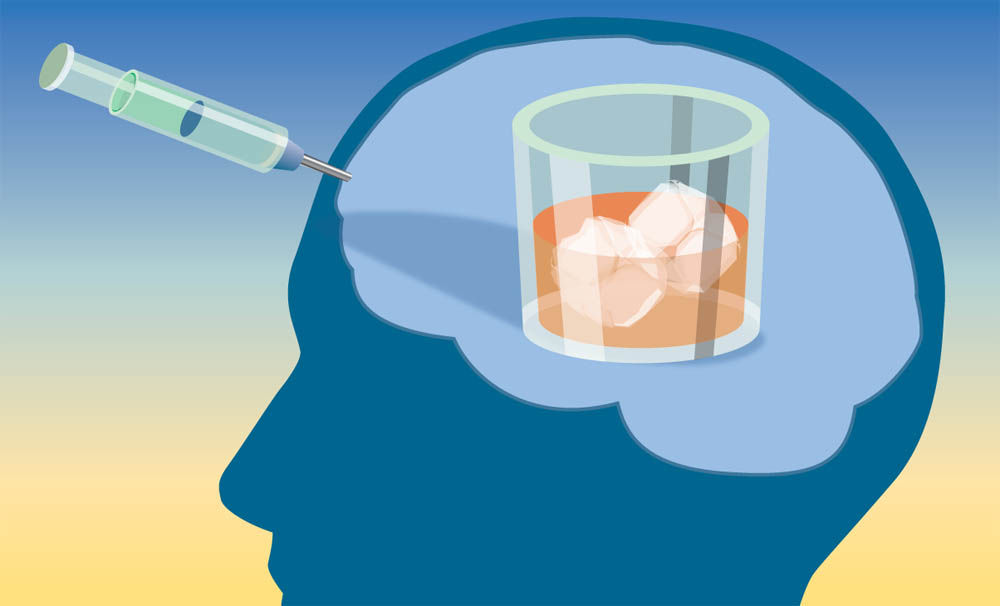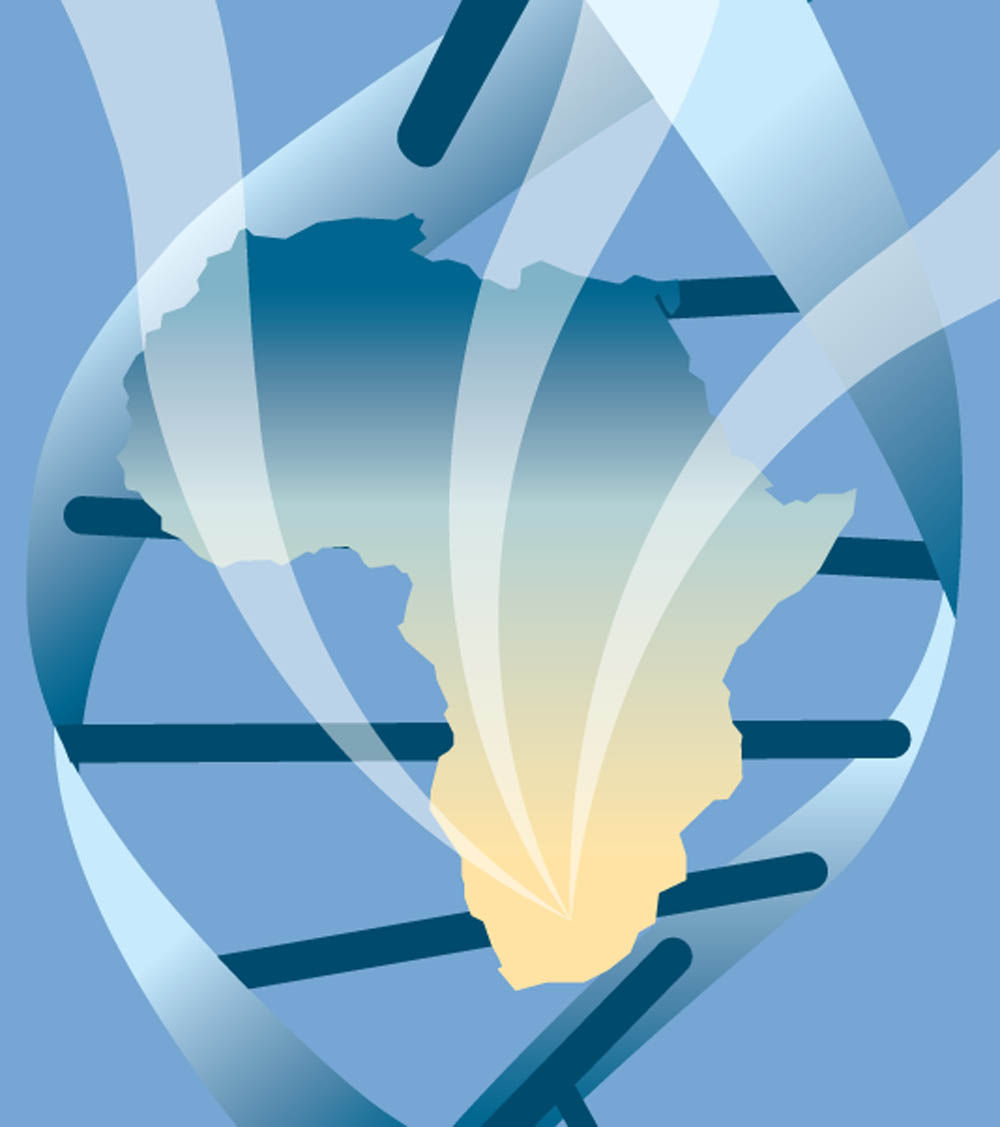It’s in the rocks
What makes Earth so special? Why does our blue-green planet support life, both basic and complex? Water is the simplest answer, because Earth is the right distance from the sun.
But there’s more to it than that. Bernard Marty, a geophysicist from the Centre for Petrographic and Geochemical Research in France, argues that it is the Earth’s magnetic field.
“Mars had a magnetic field in the past, it vanished quite early and atmospheric gases are escaping … Venus’s water was also broken down by photodissociation [and it does not have a magnetic field].”
Photodissociation is when chemicals are broken down by light particles, called photons. Earth’s magnetic field, caused by its molten iron core, protects it from most of the sun’s radiation. But what did that ancient atmosphere look like?
More than three-billion years ago, Earth supported life – not the impressive multicellular complex life that it does today, but life nonetheless. So what does an early life-supporting atmosphere look like?
“We are trying to explore the composition of the ancient atmosphere,” Marty explained. “We know the composition now, but not [what it was] in the past.”
So to understand the past atmosphere, his team is looking for isotopes (a different form of the same element) in ancient, billion-year-old rocks.
Emmanuelle Javaux, from the University of Liege in Belgium, is also looking at rocks, mainly in Australia and South Africa. “Rocks are great: they preserve both the history of the Earth and life.”
Her team is looking for traces of life – biosignatures – in the rocks. This approach is not without its problems, though. It’s a bit like trying to see a puzzle’s picture when you only have a few pieces.
These “windows of preservation on early Earth … help us to decide what to look for on other planets, where to land rovers, what samples to bring back”.Sarah Wild, the Mail & Guardian’s science editor, reports from the Euroscience Open Forum 2014 in?Copenhagen, a platform held every two years to debate major science issues and to showcase global science
Experts seek Coca-Cola’s help

A decade ago, South Africans watched in horror as our then-minister of health advocated beetroot and garlic for the treatment of HIV and Aids.
This week, Glenda Gray, the head of the South African Medical Research Council told the “How health diplomacy drives business and innovation” session that the country has the world’s largest antiretroviral roll-out programme. The session covered a lot of ground – from the fact that the global health sector is worth $6.5-trillion, to the provision of drugs to those who need them.
A relevant issues for South Africa is the science of implementation, where the private sector outperforms the public sector.
“We need to learn from the private sector,” said Michel Kazatchine, the United Nations special envoy for HIV and Aids in Eastern Europe and Central Asia. “They have a strong focus on details of delivery and execution,” he said, noting that experts have gone to Coca-Cola for advice. The soft drinks company can deliver drinks to places that governments sometimes cannot get medicine to.
“We have spent a lot of money in generating new medicines, but not the science of delivery. How can we make sure that those technological goods get to new patients? It is a science based on collecting facts and data,” Kazatchine said.
Gray points out that “getting a drug to market is one thing, and getting it to the person who needs it is another … We have not properly understood health systems, [their] processes and logistics.”
Killer robots

It’s the stuff of science fiction, usually bad science fiction, with more explosions than dialogue: autonomous weapons; tanks and aircraft that drive and fire on people and things without human intervention.
A group of bureaucrats and scientists attempted – and failed – to decide if this was ethical. Autonomous weapons, otherwise known as lethal robots, are not drones; they are weapons for which “as soon as someone pulls the lever, the computer is in charge”, says Noel Sharkey, a professor emeritus of artificial intelligence and robots at the University of Sheffield in Britain.
“It will seek out a target, track it, select it and kill it [without human intervention],” he says. Robert Atkin, from the Georgia Institute of Technology in the United States, says: “Mankind is at its worst in the battle field. Can robots be more humane than human beings?”
There is unfortunately not much data on this, so while it is an interesting question, it hangs in the air unanswered. There is also the possible improved accuracy, which could result in fewer civilian casualties and less damage to property. However, at the moment, the sensors – which discriminate between targets – are “not up to scratch”, says Sharkey. “They can’t tell a child with a toy gun from a soldier.”
An important question is whether humans should be allowed to outsource their killing to robots? Sharkey says it is against a person’s right to “life and dignity to have a machine kill you, we are delegating killing to a machine, rather than another human”.
Julian Kinderlerer, president of the European Group on Ethics, says: “The whole point of military training is dehumanisation.” However, he takes this a step further – conflating video games with weapons.
“Kids play games on their computer [in which they have to] kill people. Now, they’re using [drones] as if they were games, not [realising] that they’re killing people –sitting in London or Washington and killing people in Pakistan.
“They’re weapons, and they’re controlled by people. I don’t trust the people.”
Addiction starts in adolescence

The problem with any seminar on addiction – whether scientific or otherwise – is that it lacks the empathy and humanity required to address the topic adequately.
In daily life, many of us know people who are addicted to nicotine, alcohol, drugs, eating or gambling. To describe it as “a brain disease expressing itself as compulsive behaviour” seems not only dehumanising, but simplistic.
However, that was the tone struck at the “Unravelling addiction and brain reward systems” session. Wilson Compton, the deputy director of the United States’ National Institute on Drug Abuse, described addiction as a “brain disease”, adding: “We don’t understand the details”.
He did raise some interesting points, though: the data suggests that addiction – defined as a “compulsive dependence on a substance (tobacco, alcohol) or behaviour (eating, gambling) – starts during puberty.
“It is very peculiar for an addiction to start after 25,” he says, adding that one substance or behaviour can be substituted for another. Adolescent brains are also still developing, and not all parts are developing at the same time.
“The first examples of addiction are in the teens, [when] there are growth spurts in [certain] brain pathways,” Compton says.
Are the genes just for you?

Encoded in our genetics are the secrets to our health and the markers of diseases, but the knowledge could also be used to diagnose and treat other people’s diseases.
Some population groups are more susceptible to certain diseases – but would you share your genetic information?
Ewan Birney, associate director for the European Bioinformatics Institute in the United Kingdom, says that, a decade ago, getting your genome sequenced was the same price as a pricey house in London (£28-million). Now it is the cost of an Arsenal season ticket (£5 000). So there is much more genetic data available. But should researchers be able to use it?
“DNA is a unique identifier,” says Oxford University’s Jane Kaye. “This makes it difficult to make it anonymous.” A group of Native Americans has become a cautionary tale in genetic privacy: they offered their DNA to a study that was looking at diabetes among this population group. But this data was re-used, without their consent, to look for a genetic predisposition to mental illness. These findings were published in journals and media, and now that tribe is associated with mental illness. But this material could also uncover clues about the cause of diseases such as cancer.
Europe is trying to come up with guidelines but South Africa has a more difficult task: to protect its genetic material. Southern Africa, the cradle of humankind, has the greatest genetic diversity in the world, according to researchers from the United States, who sampled local genetic material.
Kaye says: “African colleagues have said that, if they share data, then the data [goes] to better resourced countries and they can’t take advantage of this rich data set.” But there are some initiatives, such as H3Africa, that are developing the region’s bioinformatics and genetic capabilities.
Sarah Wild, Mail & Guardian‘s science editor, attended the forum as a guest of the science and technology department.